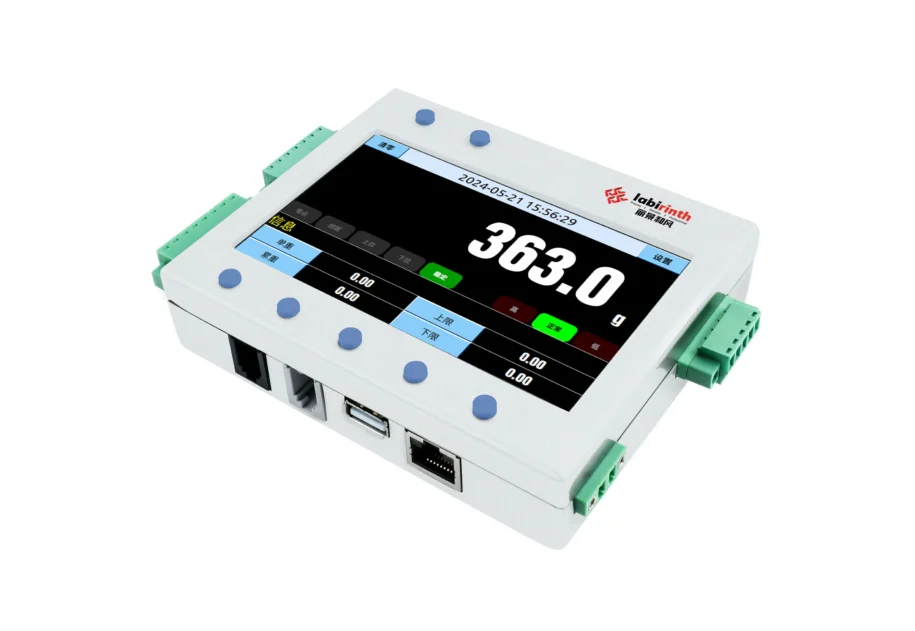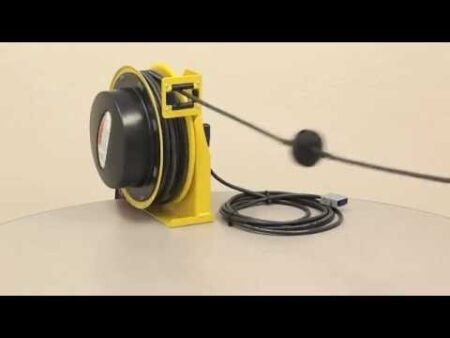Introduction
Load cells are essential devices used to measure force and weight in industrial applications. Their precision, reliability, and durability depend on advanced manufacturing techniques and continuous technological innovations. Understanding the manufacturing processes behind load cells provides insight into their accuracy and functionality. This article explores key manufacturing steps, materials used, calibration techniques, and emerging innovations shaping the future of load cell technology.
Key Manufacturing Processes
1. Material Selection and Preparation
The manufacturing of load cells starts with selecting high-quality materials. The most commonly used materials include:
- Stainless Steel: Offers high strength, corrosion resistance, and durability.
- Aluminum: Lightweight and suitable for low-capacity load cells.
- Alloy Steel: Provides excellent strength and is used for high-capacity applications.
The raw materials undergo machining to create the load cell body, ensuring precise dimensions and structural integrity.
2. Strain Gauge Installation
Strain gauges are critical components that detect force and convert it into an electrical signal. The installation process includes:
- Surface Preparation: The load cell body is polished to remove contaminants, ensuring strong adhesive bonding.
- Gluing and Positioning: High-precision adhesives are used to attach strain gauges at specific locations.
- Protective Coating: A layer of protective material shields the strain gauge from environmental damage.
3. Wiring and Circuit Integration
After strain gauge installation, the wiring is carefully connected to form a Wheatstone bridge circuit. This setup enhances measurement accuracy and minimizes signal distortion. High-quality soldering techniques are employed to secure the connections, ensuring longevity and resistance to mechanical stress.
4. Calibration and Testing
Calibration is crucial for ensuring accurate force measurements. The process involves:
- Applying Known Loads: Load cells are subjected to precise weight increments to generate response curves.
- Signal Adjustment: The output is fine-tuned to match industry standards.
- Temperature Compensation: Load cells undergo thermal testing to ensure stable performance across varying temperatures.
5. Encapsulation and Sealing
To enhance durability and protection, load cells are encapsulated using:
- Hermetic Sealing: Prevents moisture and contaminants from affecting performance.
- Environmental Coatings: Protects against dust, chemicals, and extreme weather conditions.
- Shock and Vibration Resistance: Load cells are tested for mechanical stability to withstand harsh industrial environments.
6. Final Quality Control and Certification
Each load cell undergoes rigorous testing to meet industry standards such as ISO, OIML, and NTEP. Quality control procedures include:
- Accuracy Verification
- Load Repeatability Tests
- Long-term Stability Assessments
- Compliance with Safety Regulations
Innovations in Load Cell Manufacturing
1. Smart Load Cells with IoT Integration
Modern load cells are incorporating Internet of Things (IoT) technology for real-time data monitoring and predictive maintenance. These smart load cells provide wireless connectivity, allowing users to track load data remotely via cloud-based platforms.
2. Nano-Coated Strain Gauges
Innovations in nanotechnology have led to the development of nano-coated strain gauges, improving:
- Sensitivity and Accuracy: Enhances signal response and reduces measurement errors.
- Durability: Increases resistance to harsh environmental conditions.
- Energy Efficiency: Lowers power consumption, ideal for battery-operated applications.
3. 3D Printing in Load Cell Prototyping
Additive manufacturing, such as 3D printing, is revolutionizing load cell prototyping by enabling:
- Rapid Design Iterations: Faster development of custom load cells.
- Lightweight Structures: Optimized designs with reduced material waste.
- Cost Reduction: Lower manufacturing costs for small production batches.
4. Advanced Digital Signal Processing (DSP)
Load cells are now incorporating DSP algorithms to enhance signal accuracy. These algorithms help in:
- Noise Reduction: Eliminates unwanted interference from electrical signals.
- Higher Resolution Readings: Improves precision in micro-weight applications.
- Faster Data Processing: Enables quick and reliable measurements for industrial automation.
5. Miniature and Flexible Load Cells
As industries demand more compact and adaptable solutions, manufacturers are developing miniature and flexible load cells that can be embedded in:
- Medical Devices: For prosthetics and rehabilitation monitoring.
- Wearable Technology: Enabling real-time force sensing in sports and health applications.
- Aerospace and Robotics: Providing precise force feedback in compact spaces.
Conclusion
The manufacturing of load cells involves a combination of precision engineering, material science, and advanced electronics. As technology evolves, innovations such as IoT integration, nano-coatings, 3D printing, and digital signal processing are shaping the future of load cell manufacturing. These advancements are improving accuracy, durability, and connectivity, ensuring that load cells continue to meet the growing demands of industries worldwide. By understanding the key processes and innovations, businesses can make informed decisions when selecting load cells for their applications.









